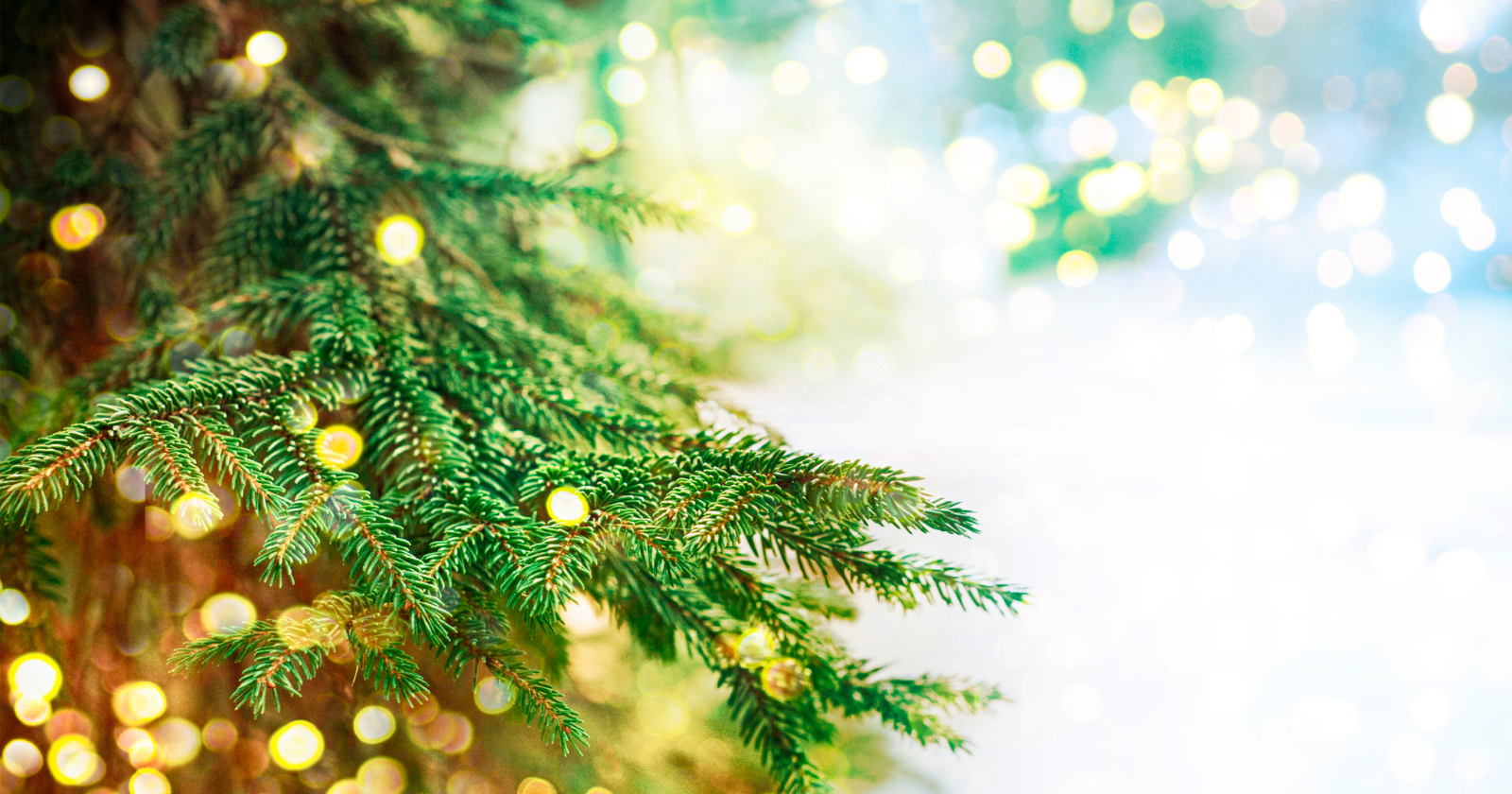As you deck the halls this holiday season, let us look at Christmas Trees For Oxygen. Have you ever considered your Christmas tree’s role in our planet’s health? Specifically, its contribution to our oxygen supply? Many of us are unaware of the significant environmental impact our festive traditions can have, and the choice between a natural or artificial tree can be a source of confusion and guilt.
With my background in environmental science and years of research into sustainable practices, I’ve delved deep into this topic to bring you the facts. Whether you’re a casual holiday celebrator or a die-hard Christmas enthusiast, this article is designed to enlighten you about the oxygen-producing power of Christmas trees and help you make more informed decisions for a greener holiday season. (Audience)
So, let’s embark on this journey together, exploring the science behind our beloved Christmas trees and their role in oxygen production. By the end, you’ll greatly appreciate your festive centerpiece and understand how your holiday choices can contribute to a healthier planet.
10 Best Christmas Trees For Oxygen

Christmas is a time of joy, celebration, and, of course, the iconic Christmas tree. But did you know that some Christmas trees are better for the environment and can contribute more to the oxygen levels in your home? Here’s a list of the top 10 Christmas trees that not only add festive cheer but also boost the oxygen in your surroundings:
- Norway Spruce: This classic Christmas tree is beautiful and known for its ability to absorb carbon dioxide and release oxygen.
- Douglas Fir: A popular choice in many households, the Douglas Fir has dense foliage that aids in oxygen production.
- Balsam Fir: With its pleasant aroma and lush green needles, the Balsam Fir is another excellent choice for oxygen enhancement.
- Scots Pine: This tree is resilient and has a high rate of photosynthesis, making it a great oxygen producer.
- Eastern White Pine: Known for its soft, flexible needles, this tree is also a good oxygen contributor.
- Blue Spruce: Its unique blue-green needles make it a favorite for many, and its oxygen-producing capabilities are commendable.
- Fraser Fir: With its strong branches and rich fragrance, the Fraser Fir is aesthetically pleasing and beneficial for air quality.
- Noble Fir: This tree has a unique layered look and is known for its ability to thrive in various climates, making it a good oxygen source.
- Leyland Cypress: A hybrid tree that’s gaining popularity, the Leyland Cypress is allergen-free and contributes positively to indoor air quality.
- Virginia Pine: Often used for reforestation, this tree is good for the environment and a great source of oxygen.
Bonus Tip: To maximize the benefits of your Christmas tree, ensure it’s well-watered and placed in a location where it receives adequate sunlight. This will enhance its photosynthesis process, leading to increased oxygen production.
Remember, while these trees contribute to oxygen levels, the amount is relatively small in indoor settings. However, every bit helps, and having a live tree can improve your home’s air quality during the festive season.
The Science Behind Christmas Trees For Oxygen

At the heart of every Christmas tree’s ability to produce oxygen is the remarkable process of photosynthesis. This process begins when the tree’s needles, acting as leaves, absorb sunlight. The sunlight’s energy is then used to convert water from the soil and carbon dioxide from the air into glucose, a sugar the tree uses for growth and vitality.
This process also releases oxygen as a byproduct, which is expelled back into the atmosphere. Like a Christmas tree, a mature tree can produce enough oxygen yearly to support two humans. So, while your Christmas tree stands tall and adorned with decorations, it’s not just a festive centerpiece but also a natural oxygen generator, silently contributing to the life-sustaining oxygen levels on our planet.
Environmental Impact
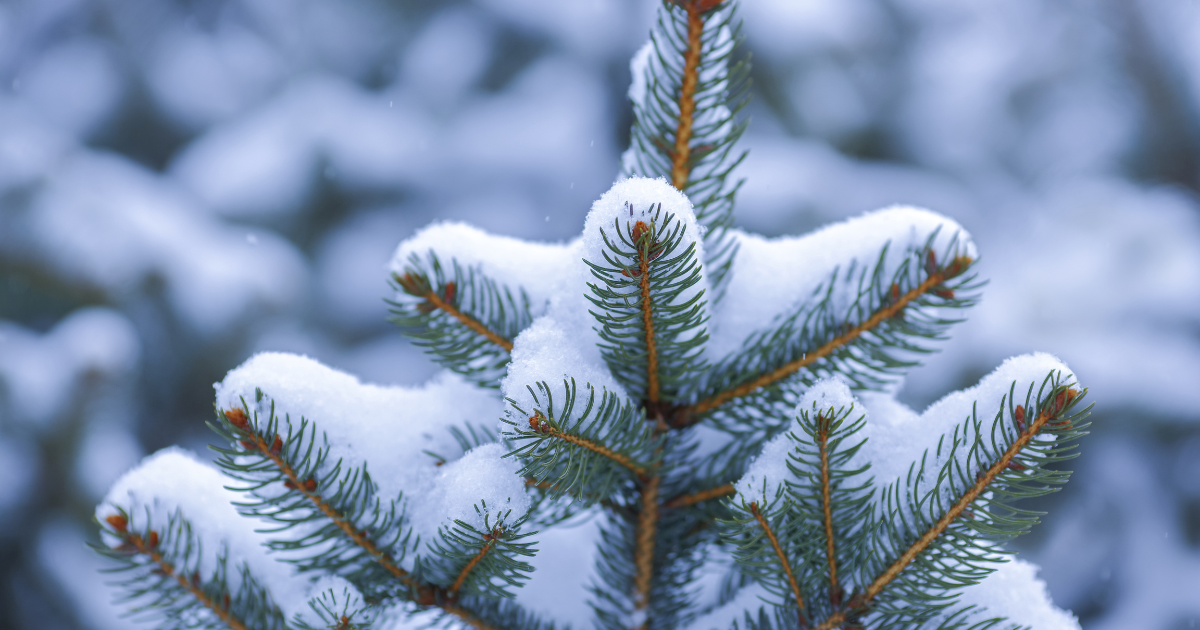
You might have a dilemma when choosing between a natural or artificial Christmas tree. Cutting down a tree for a few weeks of festive joy can seem wasteful, and you might wonder if an artificial tree is a more sustainable choice.
Drawing from my extensive research into sustainable practices, I’ve found that the answer isn’t as straightforward as it might seem. For those of you who are environmentally conscious and grappling with this decision, it’s essential to understand the complete picture.
While growing, real Christmas trees contribute to oxygen production and carbon sequestration. Moreover, many tree farms employ sustainable practices, replanting multiple trees for each one cut down. On the other hand, artificial trees, typically made from non-renewable, petroleum-based products, have a higher carbon footprint due to the energy-intensive manufacturing process. However, if used for many years, their environmental impact can be mitigated. So, the choice between natural and artificial largely depends on your circumstances and how you balance sustainability with tradition. Let’s delve deeper into this topic together, examining the environmental implications of our Christmas tree choices.
Sustainable Christmas

As we deck our halls and homes with festive cheer, it’s worth considering how we can make our Christmas celebrations more sustainable. One of the most significant changes we can make is our choice of Christmas tree. Instead of a cut or artificial tree, why not consider a living, potted Christmas tree? These trees can be enjoyed indoors during the festive season and then planted in your garden afterward, continuing to grow and contribute to our oxygen supply for years.
Alternatively, you might forego the indoor tree altogether and instead decorate a tree in your yard or local area. This not only saves on resources but also adds a touch of festive spirit to your outdoor spaces.
In addition to your tree choice, consider using energy-efficient LED lights for your decorations, which consume less energy than traditional bulbs. And when it comes to wrapping gifts, opt for recyclable or reusable materials instead of non-recyclable wrapping paper.
By making these small changes, we can all contribute to a more sustainable Christmas, reducing our environmental impact while still enjoying the season’s magic.
The History And Symbolism Of The Christmas Tree
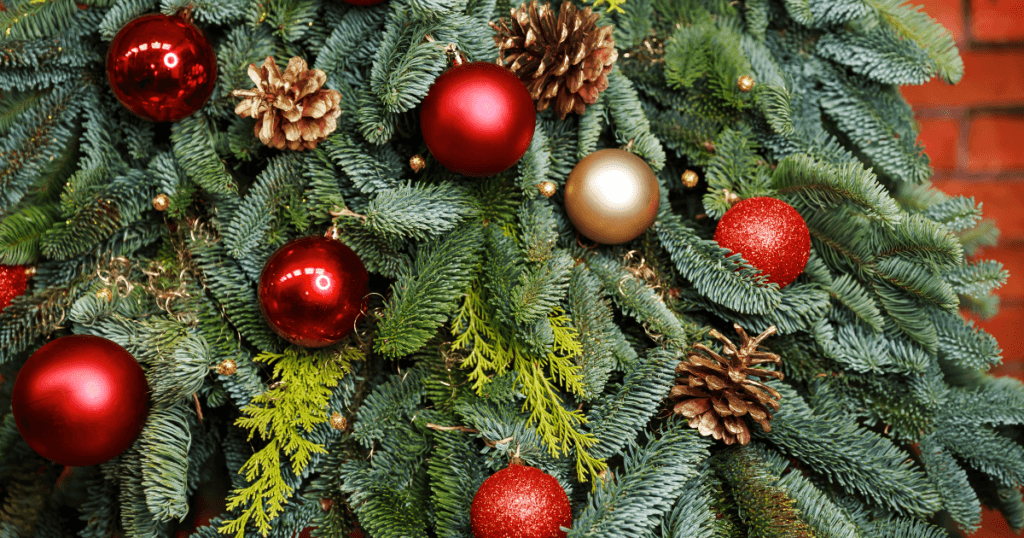
The Christmas tree tradition, rooted in Germany during the 16th century, has become a global symbol of the holiday season. Initially, it was adorned with edibles like apples and nuts, and over time, it evolved to include candles, symbolizing Christ as the world’s light. Today, the Christmas tree represents festive cheer and reminds us of nature’s gift to us – oxygen.
Like all trees, Christmas is crucial to our planet’s oxygen supply. Trees absorb carbon dioxide and release oxygen through photosynthesis, providing us with the air we breathe. This makes the Christmas tree a symbol of life and renewal.
So, as we gather around our Christmas trees this year, let’s remember the broader significance of this tradition. The Christmas trees for oxygen concept reminds us of our connection to nature and the importance of preserving our forests, not just for the festive season, but for the health and sustainability of our planet.
Christmas Trees And Oxygen

In recent years, we’ve seen a surge of innovative ideas to maximize the environmental benefits of Christmas trees. One such initiative involves turning discarded Christmas trees into mulch for public parks and gardens. This prevents the trees from ending up in landfills and enriches the soil, promoting the growth of new plant life and, in turn, oxygen production.
Some cities even have programs where residents can drop off their used Christmas trees to be recycled into mulch. Additionally, some companies rent out living, potted Christmas trees. After the holiday season, these trees are returned and replanted, allowing them to grow and produce oxygen.
These initiatives represent a shift towards a more sustainable approach to our holiday traditions. We can contribute to a healthier environment and a more sustainable future by rethinking how we use and dispose of our Christmas trees. The concept of the Christmas tree for oxygen is more than a symbol; it’s a call to action, reminding us of the vital role trees play in our ecosystem.
Emily’s Christmas
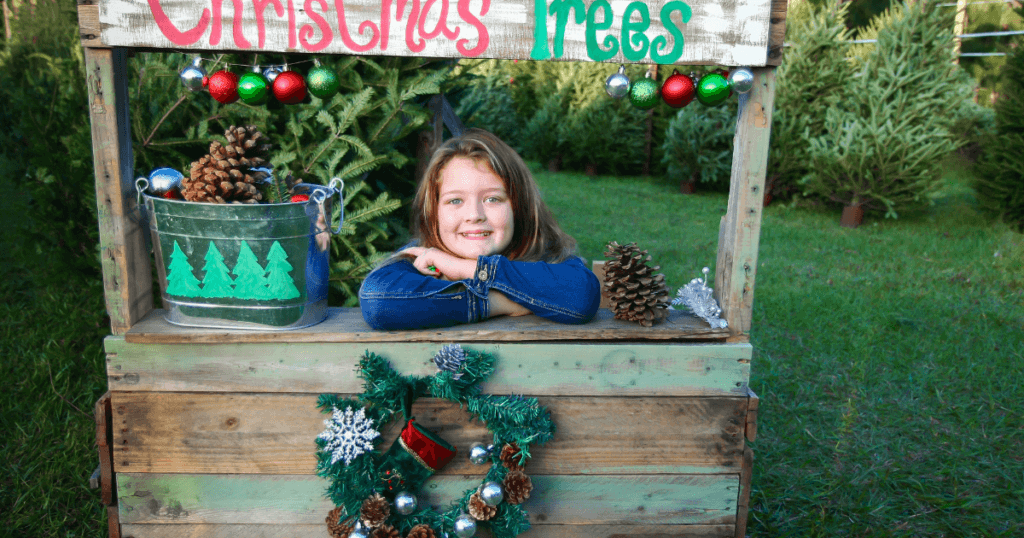
I have a dear friend, let’s call her Emily, who has a unique and eco-friendly Christmas tradition that I’ve always admired. Emily lives in a rural area with plenty of space, and for as long as I’ve known her, she’s bought a living, potted Christmas tree each year.
The tree, always a vibrant spruce, fills her home with a fresh pine scent throughout the holiday season. But the real magic happens after Christmas. Instead of discarding the tree, Emily and her family plant it on their property. Over the years, this tradition has resulted in a small grove of spruces, each a living remembrance of past Christmases.
Emily’s tradition is a beautiful example of how we can celebrate the holiday season while also contributing to our planet’s health. Each Christmas tree grows, absorbing carbon dioxide and releasing oxygen long after the decorations have been packed away. This personal story serves as a reminder that our holiday traditions can be both festive and sustainable, significantly embodying the concept of the Christmas tree for oxygen.
Interview With Two Experts

In my quest to understand the relationship between Christmas trees and oxygen production, I contacted professionals in the field. Dr. Capra, an environmental scientist, emphasized the importance of trees in our ecosystem. “Trees, including Christmas trees, are vital for oxygen production. Through photosynthesis, they absorb carbon dioxide and release oxygen, playing a crucial role in maintaining the planet’s air quality,” she explained.
I also spoke with Mr. Kohler, who runs a local Christmas tree farm. He shared that for every tree cut down on his farm, they plant two new ones, ensuring a continuous growth and oxygen production cycle. “Our goal is to provide families with their beloved Christmas trees without compromising the environment,” he said.
These expert insights underscore the importance of sustainable practices in our Christmas tree traditions. Whether choosing a tree from a farm that prioritizes replanting or opting for a living, the potted tree that can be planted after the holidays, we can all contribute to preserving our forests and the vital oxygen they provide.
Final Thoughts
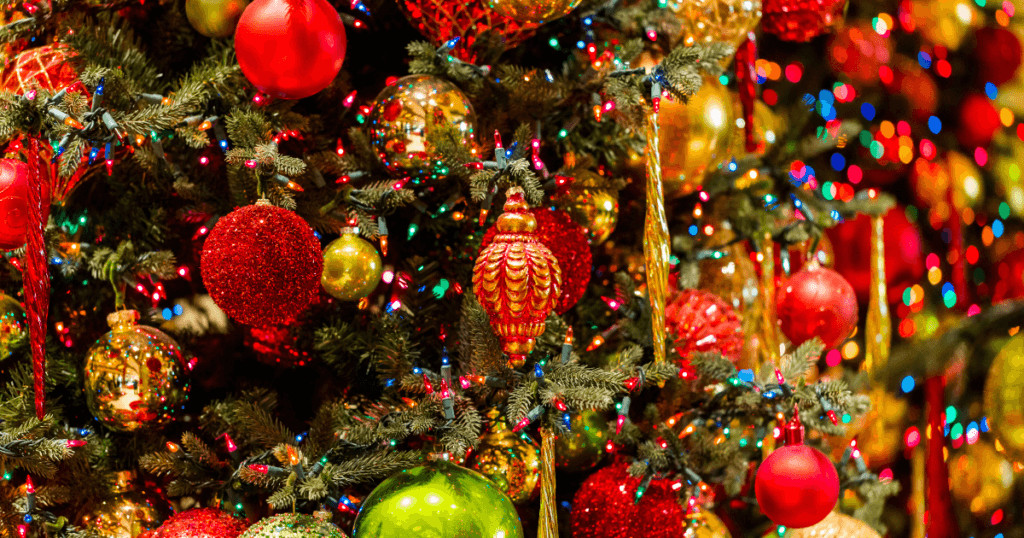
As we wrap up our exploration of the Christmas trees for oxygen concept, it’s clear that our festive traditions hold more significance than we might initially realize. We’ve uncovered the environmental implications of our choices, from the type of tree we choose to how we dispose of it after the holidays.
Drawing from my research and insights from professionals in the field, we’ve seen that sustainable practices can significantly enhance the positive impact of our Christmas trees on the planet’s oxygen supply. For all of you who’ve joined me on this journey, I hope this information empowers you to make informed decisions that align with your values and contribute to a healthier planet.
So, as we approach the holiday season, let’s remember the role our beloved Christmas trees play in the grand scheme of our ecosystem. By embracing sustainable practices, we can ensure that our Christmas tree for oxygen isn’t just a festive symbol but a meaningful contribution to our planet’s well-being.
Does the Christmas tree provide oxygen?
Authentic Christmas trees, being living plants, take in carbon dioxide and emit oxygen. They absorb the carbon dioxide via their leaves or needles, utilize sunlight and water to create nourishment, and in the process, they release life-sustaining oxygen.
Do live Christmas trees produce oxygen, and how does it benefit my home?
Yes, live Christmas trees, like all plants, engage in photosynthesis, a process where they absorb carbon dioxide and release oxygen. A live Christmas tree in your home can slightly improve indoor air quality by increasing oxygen levels and absorbing indoor pollutants. Additionally, the natural aroma of many Christmas trees can provide a refreshing and invigorating ambiance to your living space.
Which Christmas tree species are known for their oxygen-producing capabilities?
While all live Christmas trees produce oxygen, some species are particularly known for their oxygen-producing capabilities due to their dense foliage and high rate of photosynthesis. Notable species include the Norway Spruce, Douglas Fir, Balsam Fir, and Scots Pine. However, it’s essential to understand that while these trees contribute to oxygen levels, the amount is relatively small in indoor settings. Nonetheless, they can still offer a slight boost to the air quality in your home.
